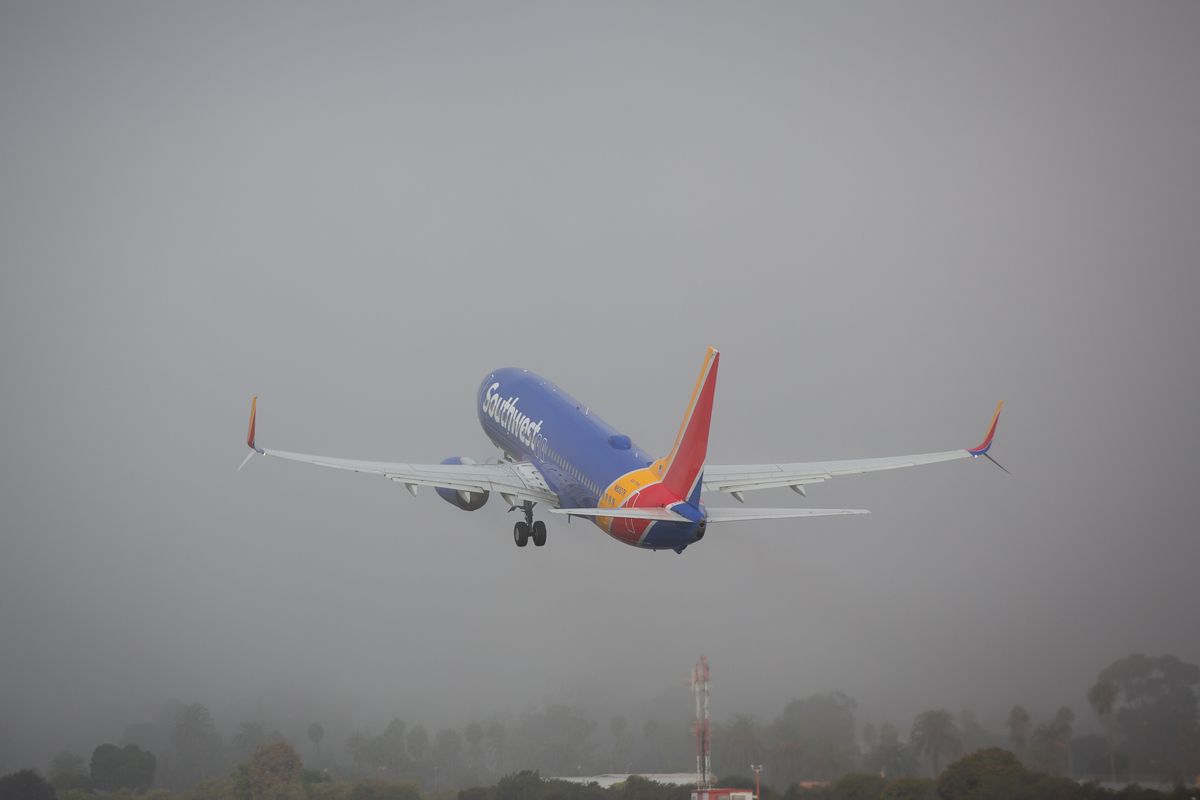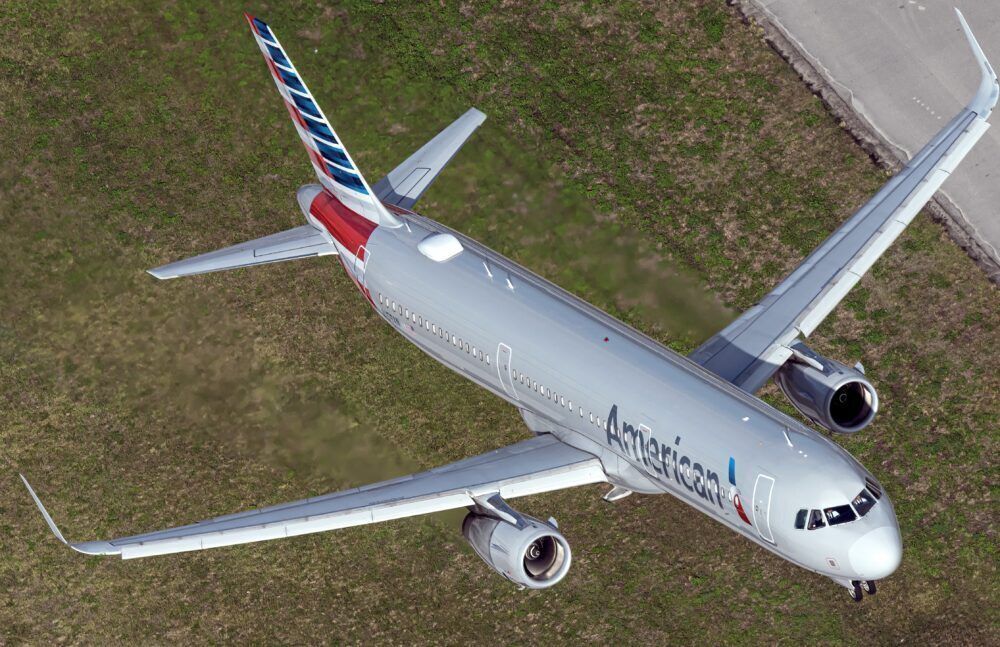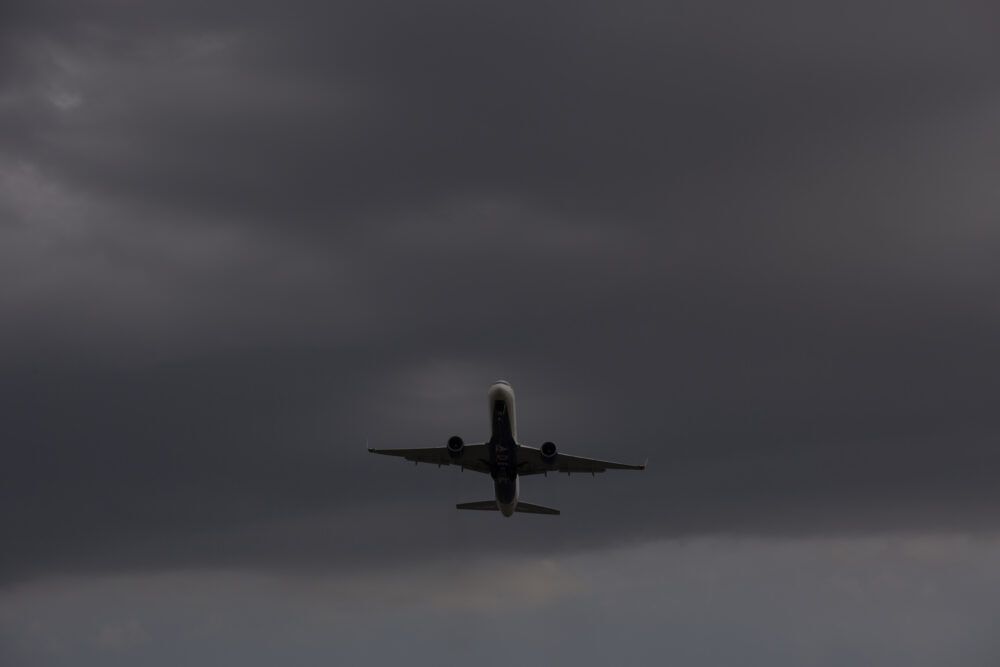An American Airlines flight from Dallas to Tampa encountered such severe turbulence it diverted to New Orleans after several passengers were injured. A day later, a Southwest Airlines flight experienced similar turbulence while descending to land in Salt Lake City, resulting in more injuries. We’ve looked at why incidents like this might become more common.
The American Airlines A321-200 heading to Tampa, was just southwest of New Orleans when it ran into some pretty intense turbulence. According to the Aviation Herald report of the incident, the aircraft experienced altitude deviations of more than 150 feet.
The crew initially continued towards Tampa for another 20 minutes before finally diverting to land in New Orleans after 10 passengers were injured. One crew member reportedly has more serious injuries.
Just a day later, on June 25th, another report of turbulence on a Southwest flight to Salt Lake City saw three crew members injured alongside one passenger. The B737-700 was performing flight WN-1753 from Chicago Midway to Salt Lake City with 135 passengers onboard when it hit turbulence 65NM from Salt Lake City.
After landing safely, all four were taken to a hospital in Salt Lake City. The two flights combined mean 15 people were injured in the space of two days due to turbulence.
Stay informed: Sign up for our daily and weekly aviation news digests.
Climate change and air turbulence
Unfortunately, data suggests that incidents like this are becoming more common. According to research in association with the World Meteorological Organization at the Aeronautical Meteorology Scientific Conference in 2017, climate change is responsible for the growing number of turbulence-related injuries.
In particular, Clear-Air Turbulence (CAT) is thought to cause incidents like the two last week. This type of turbulence is difficult to detect and, therefore, difficult to avoid. Moreover, the rising global air temperature affecting winds and jet streams is showing signs of increasing the frequency and intensity of CAT.
Part of the reason for the change is the sudden shift in temperature. As the lower atmosphere, the troposphere, is heating up, the upper atmosphere, the stratosphere, is cooling. The difference in temperatures is causing stronger winds and shifting jet streams. Since commercial aircraft usually cruise at an altitude bordering the troposphere and the stratosphere, they are likely to be buffeted by wind shear caused by the temperature changes.
What does this mean?
The most obvious conclusion is that flights will likely be bumpier and more uncomfortable over the coming decades. Since CAT is hard to detect in advance, this means incidents of sudden, strong turbulence are likely to increase. As a result, we could see more diversions and emergency landings leading to travel disruption.
But this change in turbulence won’t just affect passengers hoping to relax. Turbulence and protentional diversions take longer and use more fuel. Both of these will cost airlines money. Aircraft use more fuel to divert or take a longer route and hold their course while withstanding strong winds. Since jet fuel is a major expense for airlines, the less turbulence, the better. Furthermore, there is also the chance of an aircraft sustaining minor damage due to turbulence, yet another cost to consider.
The good news is that while turbulence might be increasing, technology is also improving. This means aircraft are safer than ever, and detecting turbulence and predicting weather patterns is getting easier. So, although you might be in for a bumpy ride, turbulence isn’t something to worry about just yet.
Have you ever experienced extreme turbulence? Let us know in the comments.



